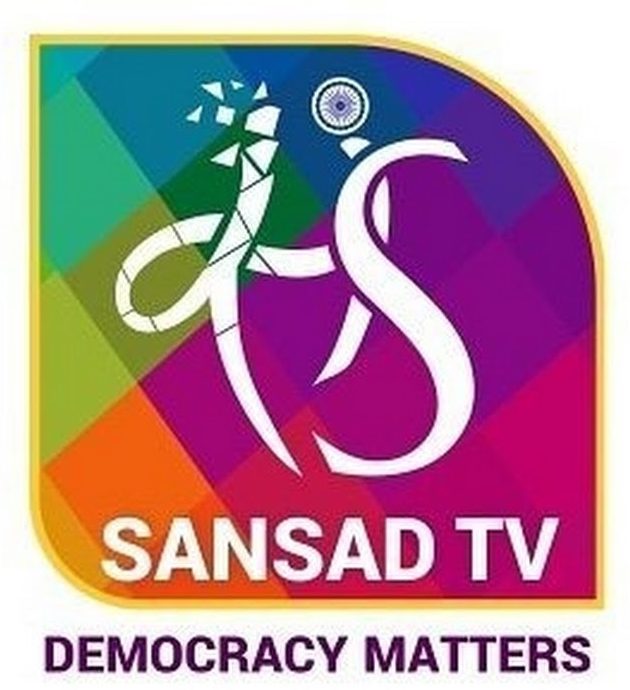[ad_1]
Introduction:
President of India, Droupadi Murmu inaugurated a two-day Homoeopathy Symposium, organized by Central Council for Research in Homoeopathy, in New Delhi on the occasion of World Homoeopathy Day. Homeopathy is an ancient medical system founded in the late 18th century BY German physician Samuel Hahnemann. Homeopathic medicines are cost effective , palatable, have no adverse side effects and can be consumed easily. In some cases , drugs are prescribed based on patients’ symptoms without relying on expensive clinical treatment. Homeopathy has proved to be useful in the treatment of psychosomatic disorders , auto-immune diseases , geriatric and pediatric disorders , diseases occurring during pregnancy , intractable skin diseases, lifestyle related disorders and allergies. The celebration of World Homeopathy Day this year centred on the theme Empowering Research, Enhancing Proficiency.
Homeopathy:
- Homoeopathy was introduced in 1839 in India by Austrian physician M. Honigberger
- It is a method of treating patients with medicines when a healthy person imitates a natural illness and exhibits similar symptoms.
- Homoeopathy is a style of supplementary medicine founded on the concept of “symmetry”.
- Patients are treated holistically in this method, but they are also treated individually, keeping in view their specific characteristics.
Efficacy and safety of homeopathy
- Evidence on homeopathy’s efficacy is weak.
- Double-blind randomized controlled trial (RCT), the Nuremberg Salt Test (1835), noted that the symptoms or changes which the homeopaths claimed to observe as an effect of their medicines were the
- fruit of imagination
- self-deception
- preconceived opinion
- Multiple systematic reviews and meta-analyses found that, across ailments, population groups (adults versus children), study types (placebo-controlled versus other trial types), and treatment regimes (individualized versus non-individualised)
- Homeopathic treatments lack clinically significant effects.
- Homoeopathy’s efficacy also caution over the low evidence quality and raise concerns about its clinical use.
- Researchers demonstrated that more than half of the 193 homeopathic trials in the last two decades were not registered.
- Unregistered trials showed some evidence of efficacy but registered trials did not.
- There was reporting bias and other problematic practices, throwing the validity and reliability of evidence thus generated into doubt.
- The World Health Organization (WHO) has warned against homeopathic treatments for HIV, tuberculosis, and malaria, flu and diarrhoea in infants
- It has “no place” in their treatment.
Role of AYUSH in realizing the dream of ‘New India’:
- A number of initiatives to promote AYUSH have been recently announced.
- Creation of AYUSH wings in defence and railway hospitals.
- Providing soft loans and subsidies for the establishment of private AYUSH hospitals and clinics.
- Establishing institutes of excellence in teaching and research in AYUSH.
- 12,500 dedicated AYUSH health and wellness centers are planned to be set up under the Ayushman Bharat mission.
- AYUSH, represent a pluralistic and integrative scheme of health services. AYUSH can play an important role in realizing the dream of ‘New India’ by providing quality healthcare and medical care for its citizens. The ‘New India’ also needs to be a ‘Healthy India’ where its own traditional systems can play a significant role.
- With statistics repeatedly indicating that there is a severe shortage of doctors in India with a mere 80 doctors per lakh population. AYUSH provides a way to increase healthcare access
- Given the rising popularity of AYUSH and alternative medicine, AYUSH could help boost medical tourism in India.
Challenges faced:
- Non-integration into mainstream medicine: Our efforts to mainstream AYUSH medicine has been to regard that the major problem lies in the fact that there is a very less proportion of AYUSH in the present mix.
- Hence, the integration of AYUSH into the health-care system has been focused on having more AYUSH facilities or having them in the place where there aren’t any without worrying about the actual effectiveness of such a move.
- Status gap: The subservient status of AYUSH has been the major hurdle. AYUSH has been fraught with multiple issues like including dishonest practices and claims by some AYUSH practitioners leading to the ridicule of AYUSH treatments and procedures by sceptics.
- Historically, attempts at integration have been foiled by parties from both within and outside the AYUSH sector.
- The isolationist approach goes against the cherished ideal of modern medicine to embrace concepts that are backed by evidence. In the case of traditional medicine, an isolationist attitude could deter scientific scrutiny and block some potential value addition.
- Quality standards of Medicines: Scientific validation of AYUSH has not progressed in spite of dedicated expenditure in past.
- Lack of human resources: Practitioners are moving away from traditional system for better opportunities
- The existing infrastructure remains under-utilized.
Way forward:
- Adopting a pluralistic approach in medicinecan decolonise medicine.
- It is important to gather scientific evidence for the safety and efficacy of AYUSH medicines and practices.
- Work towards capacity building and developing a critical mass of competent professionals in the AYUSH sector through quality education and training at national and international levels.
- True integration of traditional and modern systems is the need of the hour. This would require a concerted strategy for facilitating meaningful cross-learning and collaboration between the modern and traditional systems on equal terms.
- The Chinese experience of integrating Traditional Chinese Medicine with Western medicine makes for a good example.
- An Indian parallel could envision the integration of education, research, and practice of both systems at all levels. This can include training of AYUSH practitioners in modern medicine through curriculum changes and vice versa.
- An integrated framework should create a middle path — fusing the two systems, while still permitting some autonomy for each.
- Accordingly, a medium- and long-term plan for seamless integration should be developed expeditiously in view of the massive drive for achieving universal health care already underway in the country and considering the vast potential of AYUSH to contribute to this cause.
[ad_2]


